Concrete Flooring: Is It the Right Choice for Your Home?
everything you need to decide if concrete flooring is the right choice for your lifestyle and budget.
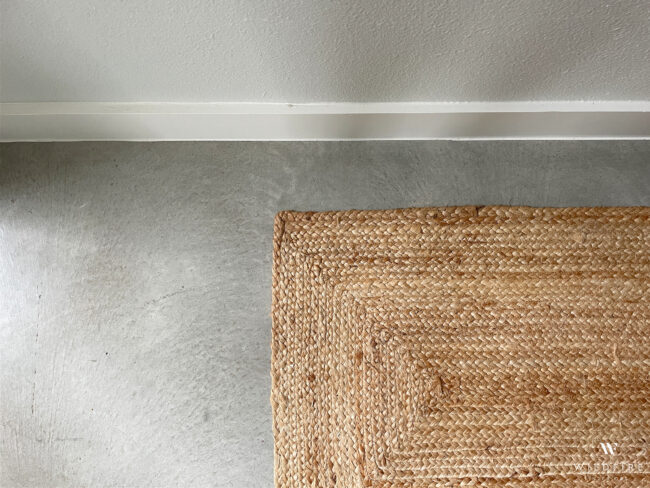
I have had concrete flooring in two of my homes. The first was a DIY sealed concrete and the second (my current home) has a professionally finished concrete floor. I have mixed feelings about this type of flooring, so let’s dive into the details and see if a concrete floor is right for you.

What Are Sealed Concrete Floors?
Sealed concrete flooring is when the concrete foundation of your home is also used as the flooring in your home. The process of taking it from a raw building material to a sleek finished floor involves applying a protective sealant to the concrete surface to enhance its resistance to stains, water, and wear. The final product can be left a natural gray color, or stained any color you desire (usually brown). The sealant can have a glossy or matte finish, depending on the desired look. Sealed concrete flooring is ideal for high-traffic areas, and regular cleaning and occasional resealing can extend its lifespan and preserve its appearance.
Different Types of Concrete Flooring
Raw Sealed Concrete
A sealed concrete floor is simply raw concrete with a clear sealer applied over the surface. This type of floor offers a clean and minimalist aesthetic, highlighting the natural beauty of the concrete. It is also the cheapest option of the three and is what I have in my home.
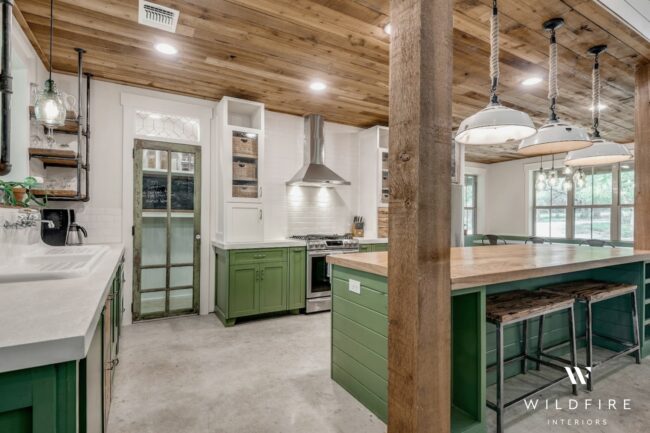
Stained Concrete
A stained concrete floor is exactly what it sounds like…it is when you add a stain to the concrete before sealing it. This process involves applying acid-based or water-based stains, resulting in unique patterns and shades that enhance the visual appeal of the concrete.

Polished Concrete
Many people use the terms “sealed concrete” and “polished concrete” interchangeably these are NOT the same thing. Polished concrete involves mechanically grinding the concrete surface to achieve a smooth and glossy finish. This process uses specialized diamond abrasive tools to remove the top layer of the concrete, revealing a polished surface with a reflective shine. The result is a sleek and luxurious appearance that resembles polished stone. Polished concrete floors are not nearly as common or widely used as sealed concrete.
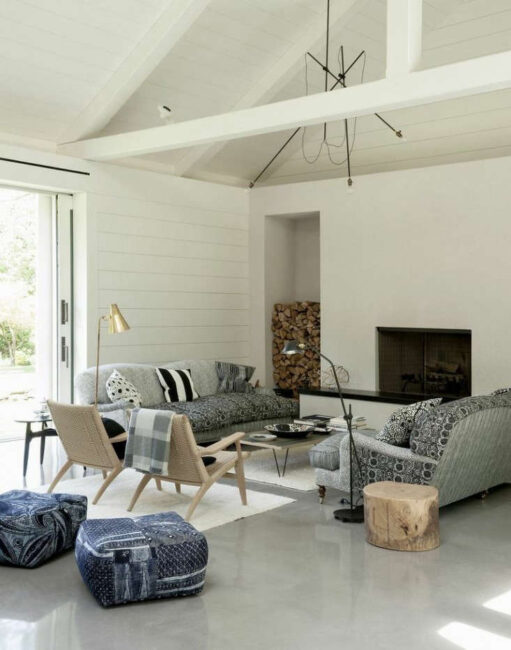
Concrete Flooring Costs
Listed below is the cost breakdown for each type of sealed concrete floor. I also included pricing for other types of flooring, so you can compare and see what best fits your budget and desired aesthetic. I talked to a professional concrete sealing company to get the pricing, and they are current as of August 2023. (Which are higher than I remember, but then again…what isn’t? #inflationsucks)
Sealed Concrete
Out-the-door cost is $4.00 per sq ft. This includes professional cleaning, sealing, and covering.
The covering cost $1.00 per sq ft. If you want to save some money, you can do this part yourself. I chose to do this, and it took longer than I thought and didn’t hold up very well. It saved me $1,700 though, so goal accomplished. RAMboard is what the professionals use (thin cardboard) and what I recommend. I used brown paper because it was cheaper, and it tore and shifted crazy easy.
Stained Concrete
$5.00 sq ft, includes professional cleaning and prep work, adding a stain color of your choice, sealing, and covering with RAMboard to protect it during construction.
Polished Concrete
$7-$10 sq ft out the door. You can add stain to polished concrete, but it’s not common to do so.
Other Flooring Prices for Comparison
- Vinyl plank flooring (like LVP) is $1.50 aq ft to install (floating) + the cost of the actual flooring. The cost of flooring varies, but decent options for this are around $4-$6 per sq foot.
- Wood flooring (engineered or solid) is $2.50 a sq ft to install (glue down) + flooring. Wood floor pricing is all over the place, but $6-$15 a sq ft is probably where you will land. .
- Tile is $3.50 sq ft install + the cost of the actual tile, which is generally $2-$5 a sq ft. This price is for medium to large-sized floor tiles. The smaller the tile, the higher the installation price. Wall and shower tile have a whole different pricing system for installation; this price is only for floor tile.
- Carpet is $4.50 sq ft installed. This price includes both labor and a decent carpet.
Concrete Floor Pros and Cons
After having lived on concrete flooring in two houses (one DIY and one professionally done), here is my personal pros and cons list.
Concrete Floor CONS
- Hard, not comfortable to walk on and live on
- Loud, made my open floorplan home sound like a gymnasium
- Cold (may seem like a pro, especially in my hot Texas climate, but it’s not)
- Doesn’t add warmth and character like other types of flooring would
- Personally, I’m not a fan of the look. To me, it makes the house feel unfinished.
- Cannot fully control final product (stained concrete is particularly risky; more about this later)
Along with that long list of cons, they’re absolutely pros to having concrete floors.
Concrete Flooring PROS
- SUPER easy to clean
- Don’t have to worry about damage (water, etc.)
- Lower cost than other flooring options
The list of pros isn’t as long for me, but they are really important things. I cannot over-emphasize how easy sealed concrete floors (stained or not) are to take care of. There’s no grout to clean, water doesn’t damage them, and I never worry about them being scratched or cracked. I have four boys, so these are big things for me. You CANNOT hurt them. You can ride bikes, skateboard and rollerblade on them, spill whatever, and it doesn’t matter. You just live your beautiful, messy life and have one less thing to worry about. This is my kind of flooring.
Ultimately, after hating my first concrete floor for years and then dreaming of wood flooring, or saltillo tile, or literally anything else… I ended up with sealed concrete floors again, because the list of pros is just too good.
Concrete Floor Imperfections
I didn’t add this to the pros and cons list, because this could fall onto either category depending on your style. Personally, I like it. Here are pictures of a few of the imperfections in my (unstained) sealed concrete floor. Keep in mind these things – surface cracks, light and dark spots, color variation, visual texture – are completely normal. Later in the post I will show you things that can go wrong and aren’t normal, this isn’t that.
Can I Seal My Concrete Floor Myself To Save Money?
Yes! I did this in my previous house. If you want to see the final results and read about the process, click the link in the orange box below.
Thinking about sealing your own concrete floors to save money? Read this post first!
ALL ABOUT OUR DIY SEALED CONCRETE FLOORS
You can also stain the concrete floor yourself. I have not done this personally, but my mom stained and sealed the concrete floors in her house, and it turned out really well. Here are some pictures of the finished product.
What To Know Before Choosing a Concrete Floor
Whether you choose to DIY your sealed concrete floor or have it professionally finished, the following statement remains the same…
A successfully sealed concrete floor is all in the prep
This means that before your slab is poured, you need to tell your builder that this is your intention. The builder will then tell all the crews that they need to take extra care when building your home. If you don’t, they will build it as if the concrete slab is getting covered with other flooring. This means chunks out of the concrete during framing, lots of drink spills, messing plumbing glue, paint splatters, muddly boot prints, spray paint lines, etc.
Here are some close-up pictures of the finished floor in my last home, because we didn’t decide we wanted concrete floors until the last minute.

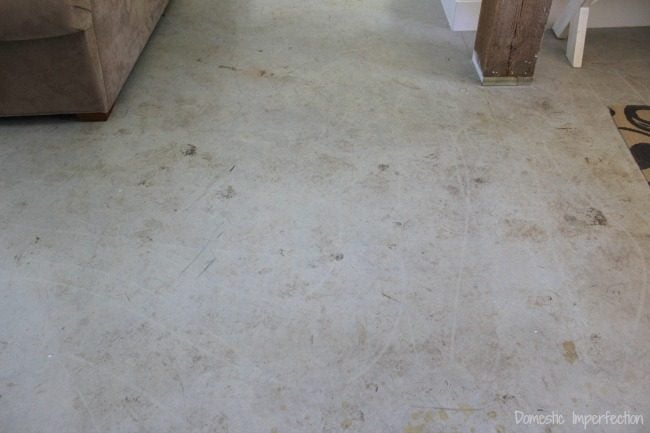
The floor will go through rigorous cleaning before the actual sealing occurs. While that fixes a lot of issues, it can’t fix everything.
Why Stained Concrete is Particularly Risky
While we are on the subject of prep work, let’s talk about why it is extra risky to choose a stained concrete floor.
There are so many people and materials coming in and out of your new construction home, that even if you take all the precautions, things will happen. When something is spilled or leaked on your floor (a soda, plumbing glue, or a hundred other possible things), normally it is no big deal. Doesn’t matter. BUT, if you are doing a stained concrete floor, it absolutely does. That spill may be invisible, and it will still be invisible if you simply seal your concrete floor. But that spill becomes glaringly obvious when it refuses to accept stain.
In the pictures above, this previously invisible trail of something spilling came to life once the floor was stained. Once this happens, there is really nothing you can do about it besides cover it with another type of flooring.
Concrete Flooring FAQs
How long does sealed concrete flooring typically last before needing resealing?
This can vary, but on average a sealed concrete floor can last anywhere from 2 to 5 years before requiring resealing. I know my mom reseals hers every year (herself) because she likes the shine, and I have never resealed any of my concrete floors.
Can sealed concrete flooring be used in both indoor and outdoor areas?
Yes! Sealed concrete can also be used in outdoor areas such as patios, driveways, walkways, and pool decks. The sealant helps protect the concrete from weather elements, UV exposure, and potential damage caused by water, making it an excellent option for outdoor surfaces. From personal experience, I will tell you it can be very slick, and using a sealer with grit is a good idea
What is the best way to clean sealed concrete flooring?
Cleaning sealed concrete floors is very simple. Sweep or dust mop to remove loose debris, then mop with a bucket of warm water with a splash of white vinegar. Don’t use harsh cleaners or abrasive cleaning tools. If you manage to get a stubborn stain the magic solution is acetone. Just put some on a paper towel, wipe the affected area, and it will magically disappear. This has never not worked for me.
DIY vs. Professional Concrete Sealing
I have had both of these, so I feel pretty well qualified to give my opinion on this.
If you have it in your budget, pay to have your floor professionally finished. I’m not saying this because the end result is that much better, but because getting there takes a lot of time and elbow grease. The cleaning, prep work, and covering is a lot, and it isn’t fun. By far the easiest part of the job is applying the actual sealer.
On the flip side, if you have the time and a smaller budget, you can absolutely do this yourself. It will turn out well if you take your time and do your research, and you will save yourself thousands (and thousands!) of dollars.
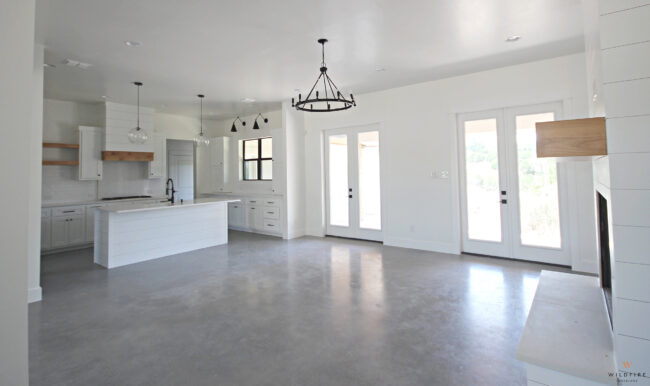
In conclusion…
Concrete flooring is a great flooring option, and like any other type of flooring it has its pros and cons. Hopefully this post helped you to decide is concrete flooring is for you!
Questions? I know there are a lot of things I didn’t cover, and if you have questions please ask them in the comments below!

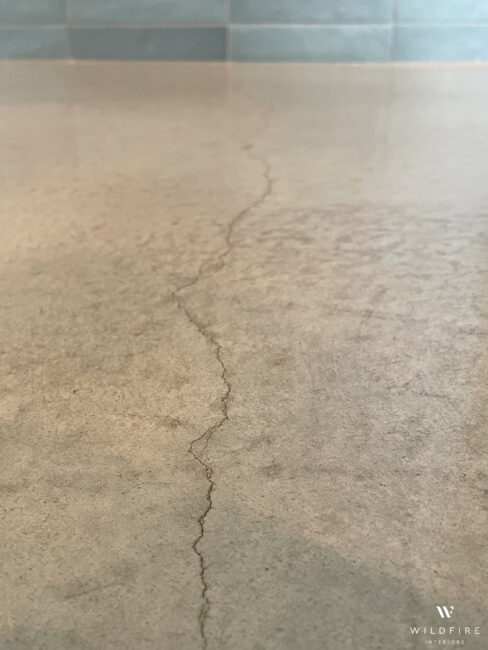

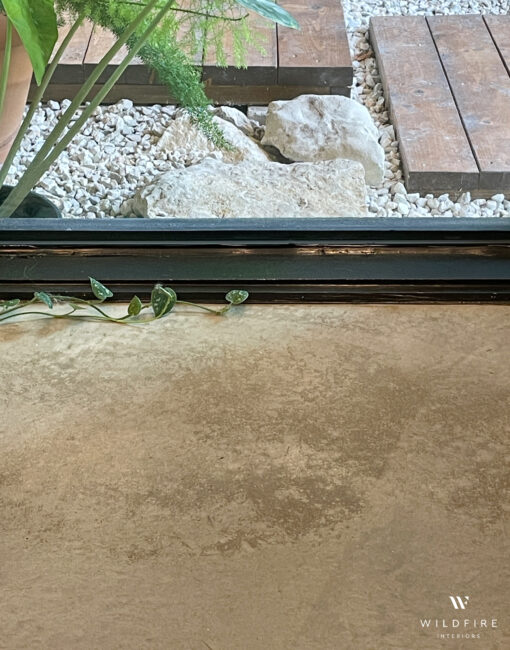
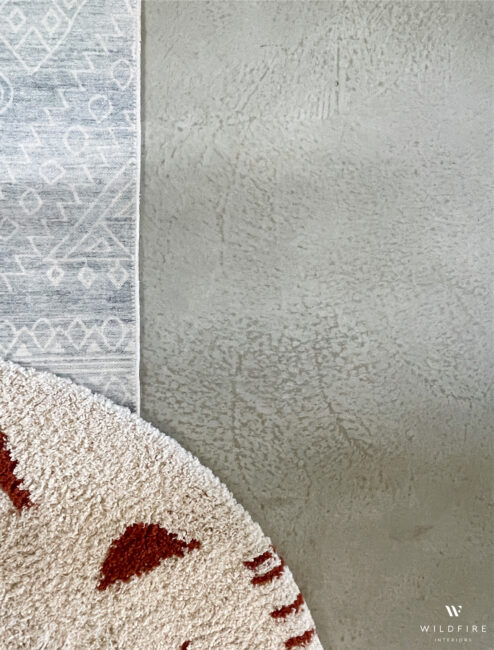
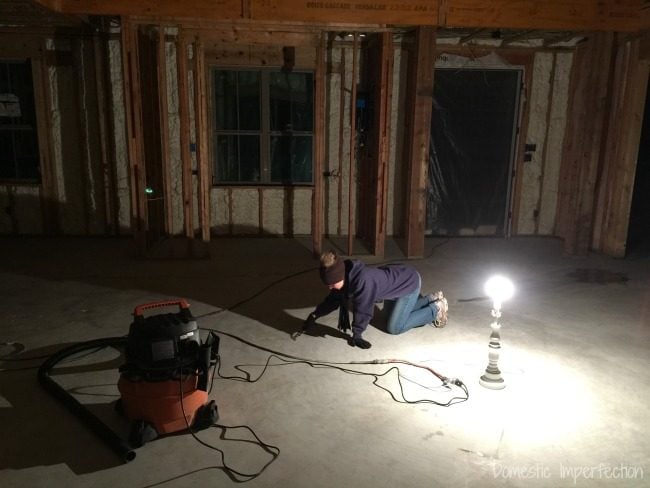

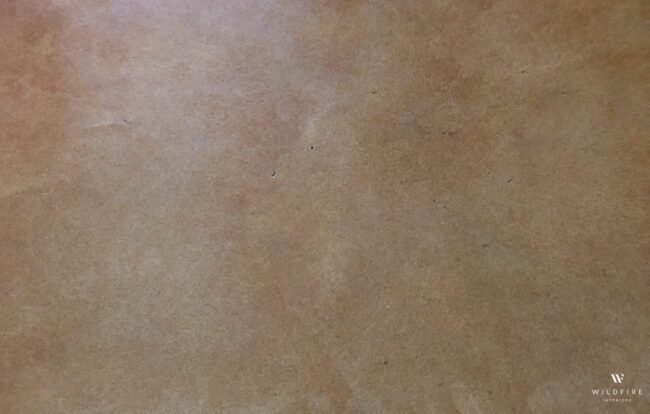
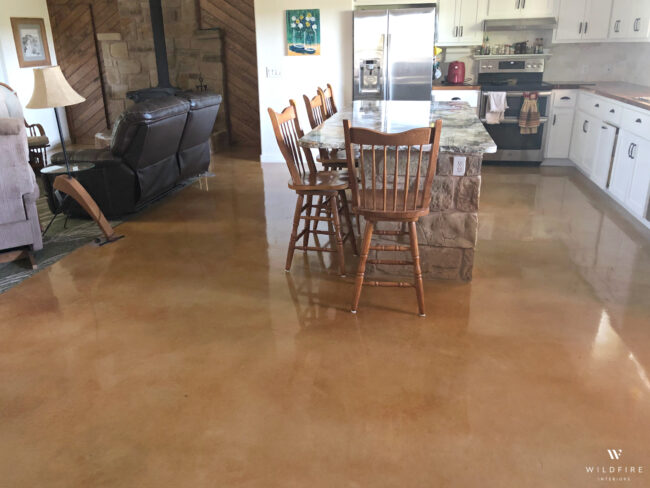

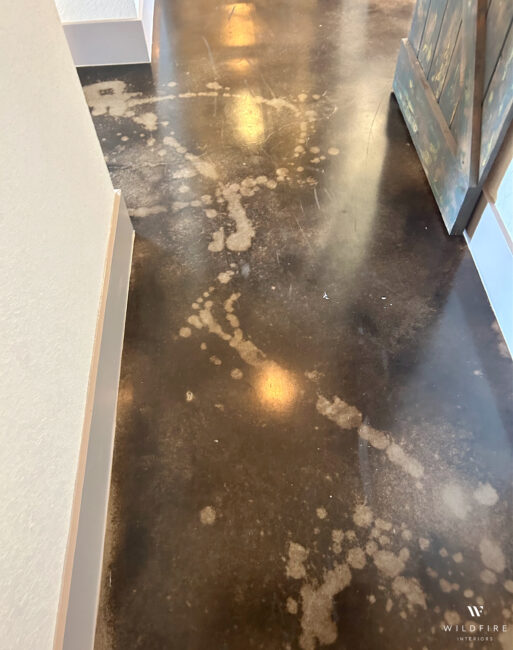
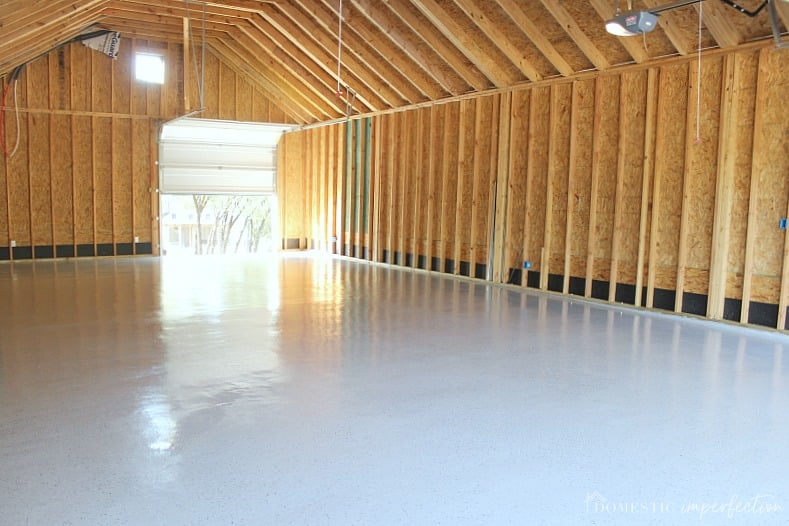
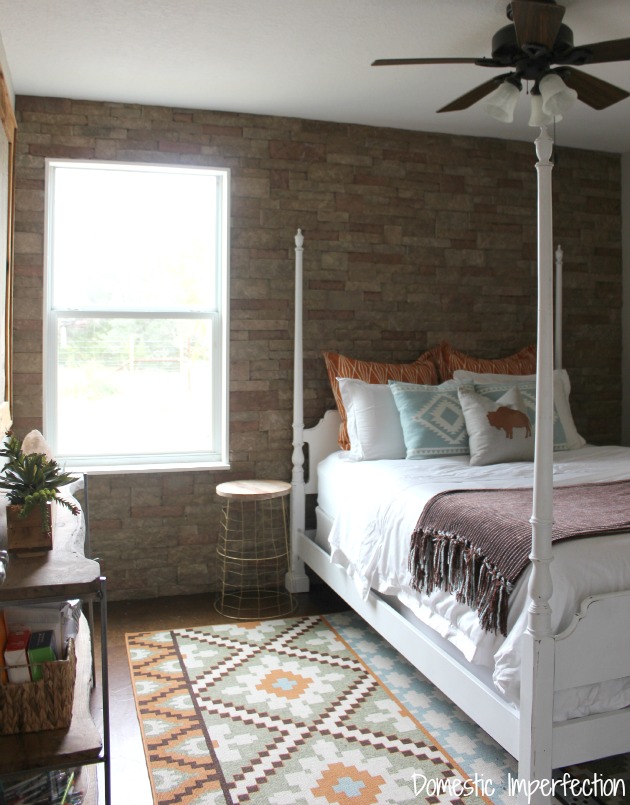
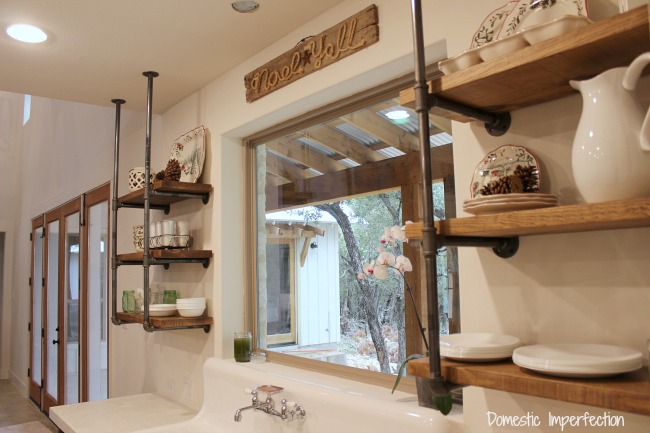
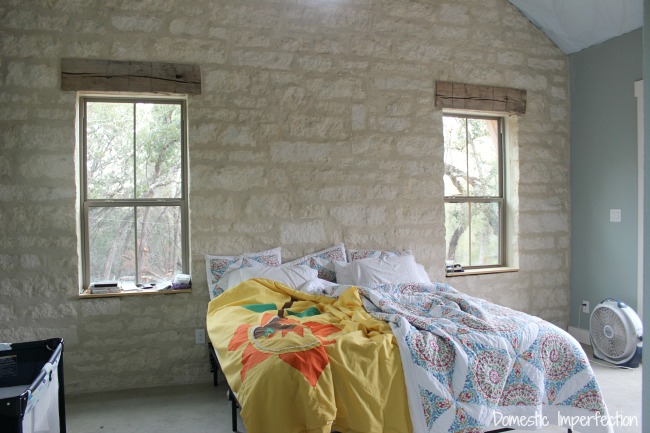
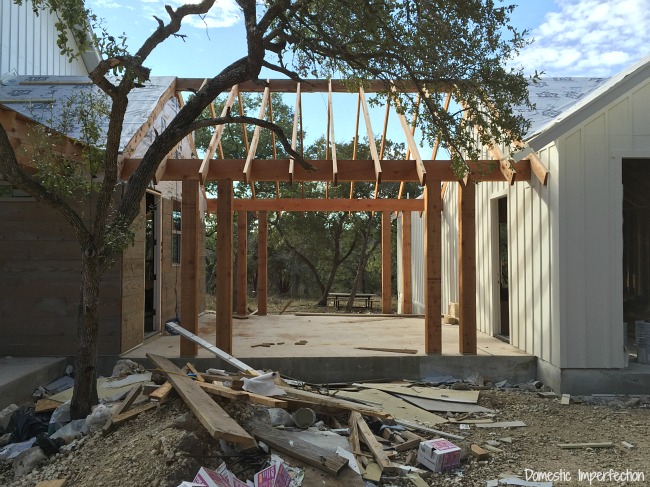
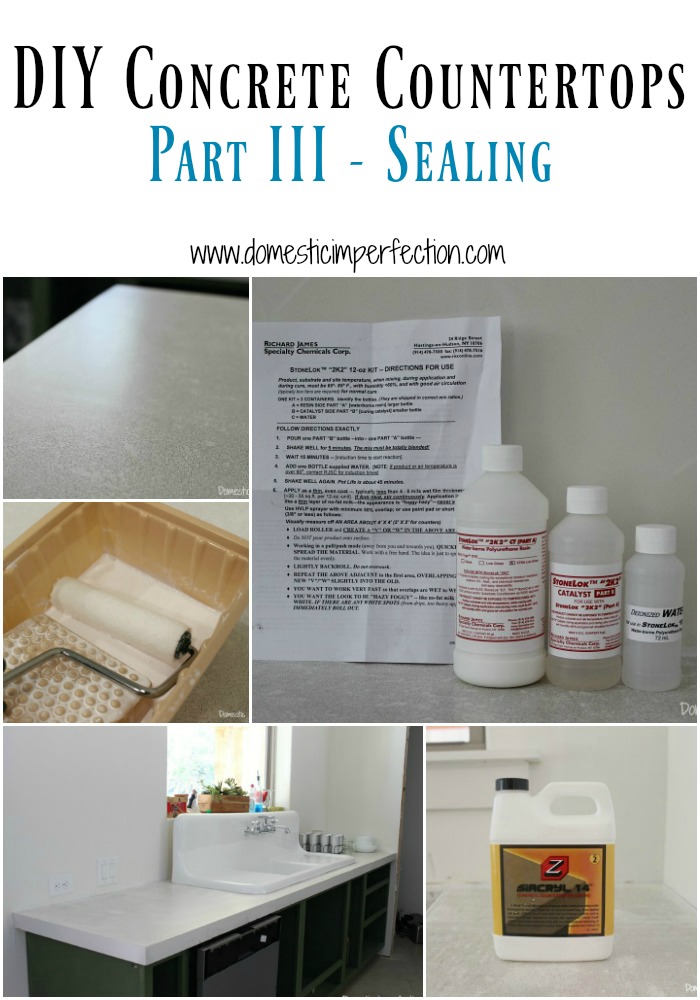
I love my concrete floors! They are my favorite hands down. So simple to clean and care for.
Though yes they can be loud, but with a area rug and furniture I don’t notice.
However, I did lots of research in staining, and we protected our concrete from the beginning when building with warning signs for contractors that we would be staining, we also laid our own ram board as soon as possible. We did have a raccoon slip a deposit onto the floor and it has remained. It makes me smile now:)
Yet, staining could have easily been a disaster and have heard and seen horror stories. Practice, practice, practice the spraying! The sprayer is super critical. Large spray drops ugly floor, fine mist… really nice results.
We saved thousands. Price being materials and elbow grease. I would do it again in a heartbeat.
My big regret is spraying in sections. And the times the sprayer failed, are the areas that are not my favorite. Also, I would spray the whole house in one run. I made the mistake of staining the bedrooms first and came back and did the rest later. So the floor is different. In time… I don’t see that anymore.
Next floor will be better, yet don’t see another house in the future.
Thanks for posting Ashley ! I am not only a fan of fans! I am also a fan of floors (concrete).
I’m with you on concrete floors.
We have it in our living room. My hubby loves concrete and poured it one Saturday while I was working. I don’t really like it. It’s cold, HARD and so imperfect.
I dream of it being gone but can’t imagine the mess!!
Thank you so much for this very, very helpful information! I’ve been following you since you had just two children – so happy you are back!